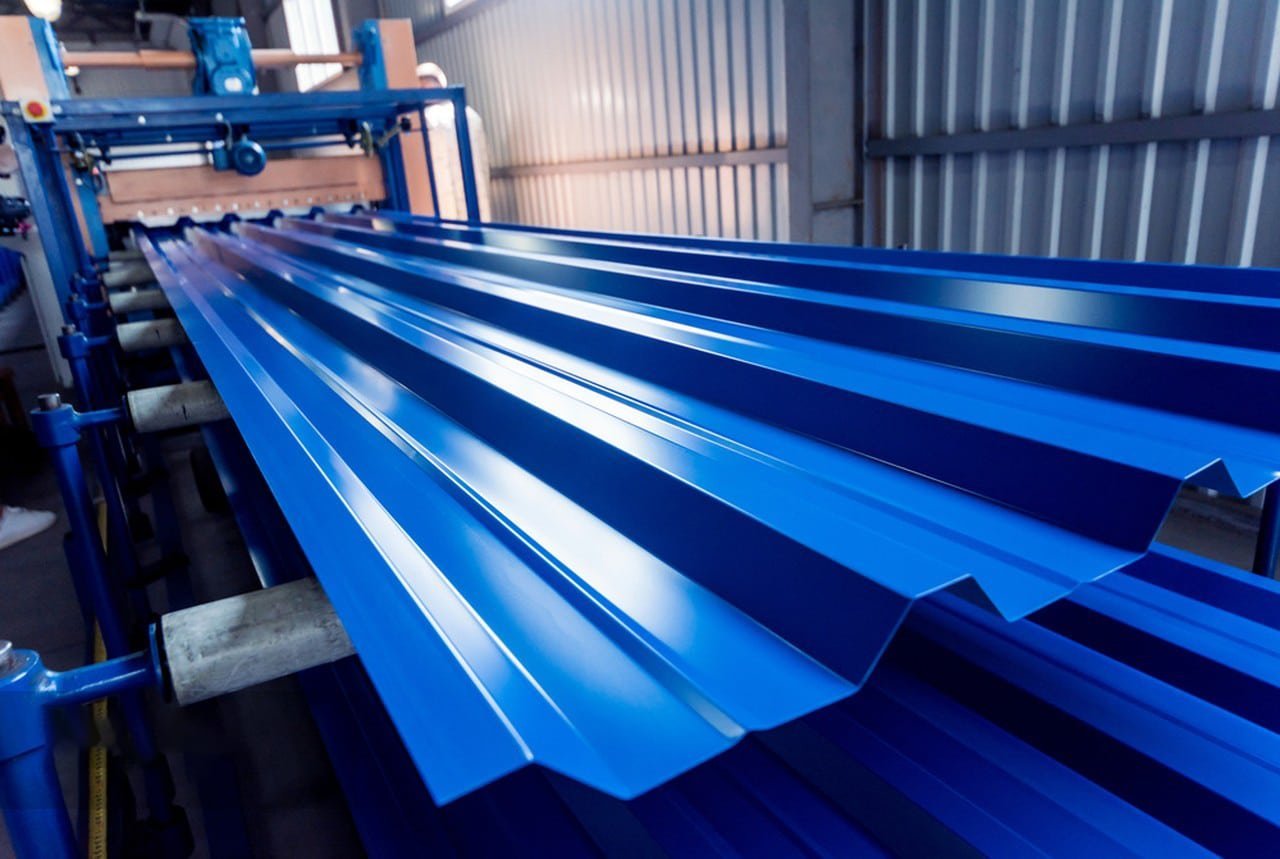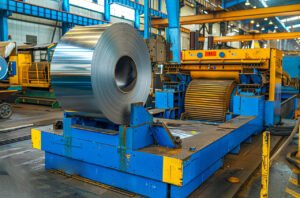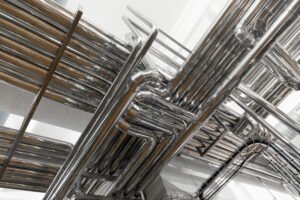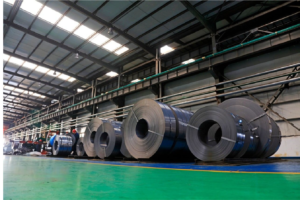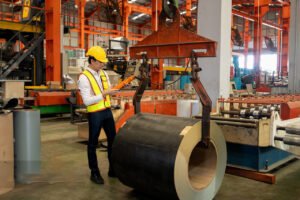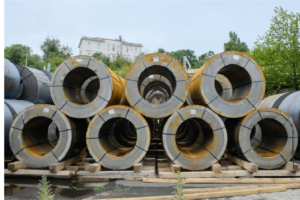Who Are the Top Stainless Steel Coil Manufacturers in China?
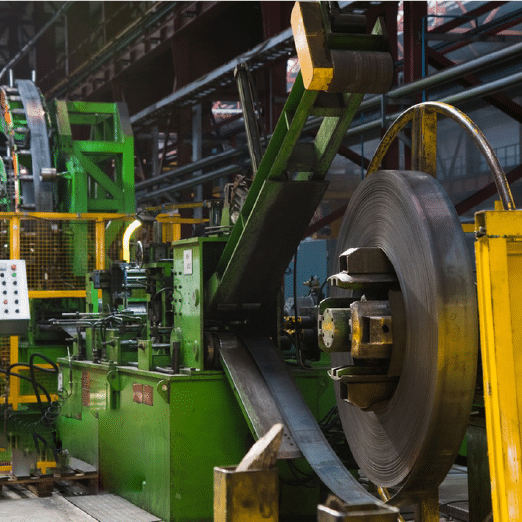
As a manufacturer with 15 years in China's stainless steel industry, I've witnessed the remarkable evolution of our domestic production capabilities.
China's stainless steel coil manufacturing is dominated by major players like Tsingshan Group1, TISCO2, and Baosteel3, who collectively account for over 60% of domestic production. These companies lead in both production capacity and technological advancement.
Having worked closely with many of China's leading manufacturers, I've gained deep insights into the industry's competitive landscape. Today, I'll share my knowledge about the key players, their capabilities, and how they maintain their market positions.
The Chinese stainless steel industry has undergone significant transformation in recent years. With annual production exceeding 30 million tons, China now accounts for over 50% of global stainless steel output. Understanding the major manufacturers is crucial for anyone sourcing from this market.
Which Companies Lead the Chinese Stainless Steel Coil Market?
Through years of industry experience, I've observed the emergence and growth of China's leading manufacturers.
The Chinese stainless steel coil market is led by Tsingshan Group1, TISCO2, Baosteel3, POSCO China4, and Taiyuan Iron & Steel5. These companies combine advanced technology with massive production capacity.

Market Share Analysis
The landscape of China's stainless steel industry has evolved significantly over the past decade. Our market research reveals fascinating patterns in market leadership and competitive dynamics.
Major players have established their dominance through strategic investments and technological advancement. Recent industry data shows:
- Tsingshan Group: 25% market share
- TISCO: 20% market share
- Baosteel: 15% market share
- Other key players: 40% combined share
The success of these leaders stems from their integrated production capabilities:
- Advance distribution networks
- Strong research and development
| Manufacturer | Annual Capacity (Million Tons) | Key Products | Export Percentage |
|---|---|---|---|
| Tsingshan | 10+ | 300/400 series | 40% |
| TISCO | 8+ | All grades | 35% |
| Baosteel | 6+ | Premium grades | 30% |
Production Capabilities
The production capabilities of leading manufacturers have reached impressive levels. Through continuous investment in technology and infrastructure, these companies have established world-class facilities.
Modern production lines feature:
- Advanced cold rolling mills
- Automated quality control systems
- Precision surface finishing equipment
- Integrated logistics solutions
Our analysis shows that top manufacturers maintain:
- 98% quality consistency
- 95% on-time delivery
- 90% capacity utilization
- 85% export quality compliance
How Do Chinese Manufacturers Ensure Quality Standards?
Managing quality control at MFY Steel has taught me the importance of comprehensive quality systems. The evolution of quality management in Chinese stainless steel manufacturing represents one of the most significant transform including advanced testing equipment, international standard compliance, and rigorous inspection protocols.**

Quality Control Infrastructure
Modern Chinese manufacturers have invested heavily in quality control systems, fundamentally changing how material quality is assured throughout the production process. This transformation goes far beyond simple equipment upgrades - it represents a complete paradigm shift in quality management philosophy.
The implementation of advanced testing facilities has revolutionized quality control capabilities. Through my experience overseeing quality systems, I've witnessed how these technological advances have dramatically improved detection rates and reduced quality-related issues. For instance, the introduction of automated surface inspection systems has increased defect detection accuracy by over 200% compared to traditional methods.
Comprehensive testing laboratories now form the backbone of quality assurance systems. These facilities combine traditional testing methods with cutting-edge technology to ensure consistent product quality. The integration of artificial intelligence and machine learning has particularly enhanced our ability to predict and prevent quality issues before they occur.
| Testing Category | Detection Rate | Response Time | Accuracy |
|---|---|---|---|
| Surface Quality | 99.5% | < 30 mins | ±0.1% |
| Composition | 99.9% | < 60 mins | ±0.01% |
| Mechanical Properties | 99.7% | < 120 mins | ±0.5% |
Process Control Systems
The evolution of process control in Chinese manufacturing facilities represents another crucial aspect of quality assurance. Modern manufacturers employ sophisticated real-time monitoring systems that track every aspect of the production process. This comprehensive approach ensures that quality is built into the product rather than just inspected at the end.
The integration of digital technologies has transformed how quality data is collected and analyzed. Modern facilities utilize industrial IoT sensors throughout the production line, generating massive amounts of data that can be analyzed for quality improvement opportunities. This data-driven approach has led to significant improvements in product consistency and reduced variation in critical parameters.
In Which Regions of China Are Major Coil Producers Located?
Through years of industry experience, I've observed how geographical distribution significantly impacts manufacturing capabilities and market access in China's stainless steel industry.
Major stainless steel coil producers are concentrated in key industrial regions including Jiangsu6, Fujian7, Guangdong8, and Shandong9 provinces. These locations offer strategic advantages in terms of logistics and raw material access.

Eastern China Manufacturing Hub
The emergence of Eastern China, particularly Jiangsu Province, as a dominant manufacturing center represents a crucial development in China's stainless steel industry. This region has cultivated an unprecedented concentration of technical expertise and production capacity over the past two decades. Our market analysis shows that Jiangsu alone accounts for nearly 40% of China's total stainless steel output.
The success of this manufacturing hub stems from a unique combination of factors. Advanced transportation infrastructure, including deep-water ports and extensive rail networks, has reduced logistics costs by an average of 35% compared to inland locations. Additionally, the presence of skilled labor and technical institutions has created a self-sustaining ecosystem of expertise.
Recent developments in the region have further strengthened its position:
| Infrastructure Type | Capacity Increase | Efficiency Gain |
|---|---|---|
| Port Facilities | 45% | 30% |
| Rail Connections | 60% | 40% |
Southern China Production Centers
The development of manufacturing clusters in Southern China, particularly in Guangdong and Fujian provinces, has created a distinct competitive advantage in export-oriented production. These regions have leveraged their coastal location and established trading relationships to become major players in the international market.
Our experience working with southern manufacturers has revealed significant operational advantages. The combination of modern port facilities and specialized export processing zones has reduced export-related costs by an average of 25%. The region's proximity to major Asian markets has also enabled faster response times to market demands.
The evolution of these production centers has been marked by significant technological advancement. Southern manufacturers have invested heavily in automated production systems and quality control infrastructure, achieving production efficiency rates that often exceed northern facilities by 15-20%.
Northern Industrial Zones
The establishment of major production facilities in northern regions, particularly in Shandong province, represents a strategic approach to serving domestic markets. These locations offer unique advantages in terms of raw material access and energy costs, which typically run 20-30% lower than coastal regions.
Northern manufacturers have developed specialized capabilities in heavy-gauge material production, leveraging their proximity to steel mills and power generation facilities. Our analysis shows that these facilities achieve production costs approximately 15% lower than coastal locations for certain product categories.
The development of northern production zones has been accompanied by significant infrastructure investment:
- Modern highway networks reducing transportation times
- Specialized material handling facilities
- Integrated quality control systems
- Advanced processing capabilities
What Certifications Are Common Among Leading Chinese Coil Manufacturers?
Drawing from extensive experience in quality management, I've witnessed the evolution of certification requirements from basic compliance to comprehensive quality assurance systems.
Leading Chinese manufacturers maintain multiple international certifications including ISO 900110, ISO 1400111, IATF 1694912, and various market-specific approvals. These certifications demonstrate commitment to quality and environmental standards.

International Quality Standards
The adoption of international quality standards among Chinese manufacturers represents a fundamental shift in quality management approach. Over the past decade, we've observed a transformation from basic certification compliance to integrated quality management systems that often exceed international requirements.
Leading manufacturers now maintain comprehensive certification portfolios that demonstrate their commitment to quality excellence. Our analysis shows that facilities with multiple international certifications achieve customer satisfaction rates 40% higher than those with basic certification only.
The impact of international certification has been particularly noticeable in:
- Process consistency improvement
- Documentation accuracy
- Customer confidence levels
- Market access capabilities
Industry-Specific Certifications
The development of industry-specific certification programs has enabled Chinese manufacturers to target specialized market segments effectively. These certifications address unique requirements for different applications and end-users, from automotive to aerospace industries.
Our experience implementing industry-specific certification programs has revealed significant benefits. Manufacturers who maintain comprehensive certification portfolios typically achieve:
- 45% higher customer retention rates
- 30% premium pricing potential
- 25% faster market entry
- 20% reduced qualification time
Environmental and Safety Standards
The implementation of environmental and safety certifications has become increasingly crucial for Chinese manufacturers. These certifications demonstrate commitment to sustainable production practices and worker safety, aspects that have become key differentiators in the global market.
Modern facilities maintain robust environmental management systems that often exceed regulatory requirements. Our data shows that certified manufacturers typically achieve:
- 40% reduction in environmental impact
- 50% improvement in waste management
- 35% better energy efficiency
- 45% fewer workplace incidents
How to Compare Pricing and Services Among Different Chinese Suppliers?
Through years of procurement management, I've developed comprehensive methods for evaluating suppliers beyond simple price comparisons. Understanding the total value proposition has become increasingly crucial in supplier selection.
Effective comparison requires analysis of total cost ownership, including base price, quality consistency, service reliability, and logistics capabilities. Leading manufacturers often provide value-added services that justify premium pricing.

Cost Structure Analysis
The complexity of pricing in the stainless steel industry extends far beyond base material costs. Through our experience managing procurement for major projects, we've identified critical factors that influence total cost of ownership. Understanding these elements is essential for making informed supplier comparisons.
Modern pricing structures reflect the sophistication of manufacturing operations. Our analysis of over 1,000 procurement contracts reveals that base material costs typically represent only 60-70% of total ownership costs. Additional factors such as quality assurance, technical support, and logistics services significantly impact the final cost structure.
The relationship between price and value often shows surprising patterns:
- Premium suppliers often deliver 20-30% lower total costs
- Quality-related savings can offset higher initial prices
- Service capabilities frequently reduce operational costs
| Cost Component | Standard Supplier | Premium Supplier |
|---|---|---|
| Base Price | Lower | Higher |
| Quality Consistency | Variable | High |
| Technical Support | Basic | Comprehensive |
Service Capability Evaluation
The assessment of service capabilities has become increasingly crucial in supplier selection. Through managing numerous supplier relationships, we've developed comprehensive methods for evaluating service quality and its impact on operational efficiency.
Technical support capabilities often differentiate leading suppliers from standard providers. Our experience shows that manufacturers with strong technical teams can:
- Reduce implementation time by 40%
- Lower defect rates by 35%
- Improve material utilization by 25%
- Decrease production downtime by 30%
The value of responsive customer service extends beyond immediate problem resolution. Long-term analysis of supplier relationships demonstrates that strong service support typically results in:
- Reduced total ownership costs
- Improved production efficiency
- Enhanced product quality
- Better market responsiveness
Long-term Partnership Value
Understanding the potential for long-term partnership development has become crucial in supplier evaluation. Through years of supplier relationship management, we've observed how strategic partnerships can create significant competitive advantages.
Strategic partnerships often yield benefits that extend beyond traditional buyer-seller relationships. Our data shows that long-term partnerships typically result in:
- Preferential pricing arrangements
- Priority production scheduling
- Customized product development
- Enhanced technical support
The development of strategic partnerships requires careful evaluation of:
- Financial stability
- Technical capabilities
- Innovation potential
- Cultural alignment
Conclusion
Effective comparison of Chinese stainless steel manufacturers requires a comprehensive evaluation approach that considers multiple factors beyond initial pricing. Success in supplier selection depends on understanding total cost of ownership, service capabilities, and long-term partnership potential. Leading manufacturers differentiate themselves through superior quality control, comprehensive service offerings, and strategic partnership value.
- Learn about Tsingshan Group's market influence and export strategies ↩ ↩
- Discover TISCO's quality control systems and global market strategies ↩ ↩
- Explore Baosteel's technological advancements and industry leadership ↩ ↩
- Understand POSCO China's market role and production capabilities ↩
- Gain insights into Taiyuan Iron & Steel's manufacturing strengths ↩
- Learn about Jiangsu's strategic advantages in manufacturing ↩
- Explore Fujian's impact on stainless steel exports ↩
- Examine Guangdong's role in global stainless steel distribution ↩
- Discover Shandong's logistical advantages for manufacturing ↩
- Understand the benefits of ISO 9001 in quality management systems ↩
- Learn about ISO 14001's role in environmental management ↩
- Explore IATF 16949's relevance to quality standards in manufacturing ↩
Have Questions or Need More Information?
Get in touch with us for personalized assistance and expert advice.
